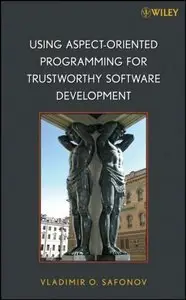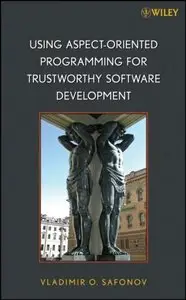Warren S. Goldstein, "Using Aspect-Oriented Programming for Trustworthy Software Development"
English | 2008 | ISBN: 0470138173 | 338 pages | PDF | 3,5 MB
English | 2008 | ISBN: 0470138173 | 338 pages | PDF | 3,5 MB
Learn how to successfully implement trustworthy computing tasks using aspect-oriented programming
This landmark publication fills a gap in the literature by not only describing the basic concepts of trustworthy computing (TWC) and aspect-oriented programming (AOP), but also exploring their critical interrelationships. The author clearly demonstrates how typical TWC tasks such as security checks, in-and-out conditions, and multi-threaded safety can be implemented using AOP.
Following an introduction, the book covers:
Trustworthy computing, software engineering, and computer science
Aspect-oriented programming and Aspect.NET
Principles and case studies that apply AOP to TWC
Coverage includes Aspect.NET, the AOP framework developed by the author for the Microsoft.NET platform, currently used in seventeen countries. The author discusses the basics of Aspect.NET architecture, its advantages compared to other AOP tools, and its functionality. The book has extensive practical examples and case studies of trustworthy software design and code using the Aspect.NET framework. In addition, the book explores other software technologies and tools for using AOP for trustworthy software development, including Java and AspectJ.
This book also includes a valuable chapter dedicated to ERATO, the author's teaching method employed in this book, which has enabled thousands of students to quickly grasp and apply complex concepts in computing and software engineering, while the final chapter presents an overall perspective on the current state of AOP and TWC with a view toward the future.
Software engineers, architects, developers, programmers, and students should all turn to this book to learn this tested and proven method to create more secure, private, and reliable computing.



